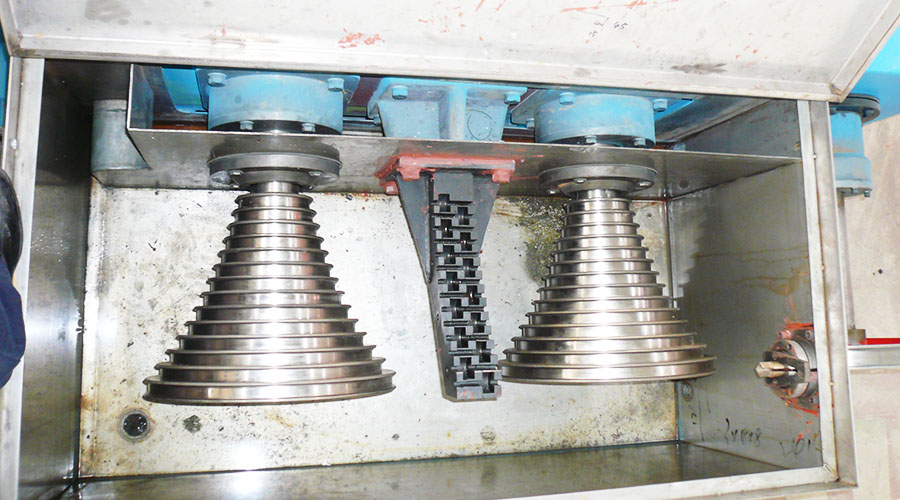Steel bar butt welding machine operators must undergo professional training, be familiar with the structure, performance, and operating procedures of the butt welding machine, and master knowledge such as process parameter selection and quality inspection specifications.
Before the operation of the steel bar butt welding machine, check whether the various mechanisms of the welding machine are sensitive and reliable, whether the electrical system is safe, whether there is any leakage in the cooling water pump system, whether each lubricating part is well oiled, etc.
It is strictly prohibited to butt weld steel bars exceeding the specified diameter. Butt welding of main bars must be welded first and then cold drawn. In order to ensure the welding quality, cleaning, rust removal, and correction must be carried out within a range of about 150mm from the sensing end.
Operators must wear colored protective glasses and hats when working to prevent arc light from irritating their eyes and molten metal from burning their skin.
The steel bar butt welding machine should be parked in a clean, dry, and ventilated place. The butt welding machine used on site should be equipped with a rainproof, moisture-proof, and sun-proof shed, and should be equipped with fire-fighting equipment. No flammable materials should be piled within the welding range.
The steel bar butt welding machine should be equipped with a special wiring switch and be installed in the switch box. The capacity of the fuse should be 1.5 times the capacity of the machine. The welding machine shell must be well grounded.
Appearance inspection after butt welding shows that the steel joints should be appropriately upset and there should be no cracks or obvious burns on the surface. The joint axis crankshaft shall not be greater than 6°, the offset shall not be greater than 1/10 of the steel bar diameter, and shall not be greater than 2mm.
After the operation, the site should be cleaned up and fires eliminated. In winter, compressed air should be used to blow out the water in the cooling pipes and the power supply should be cut off.





